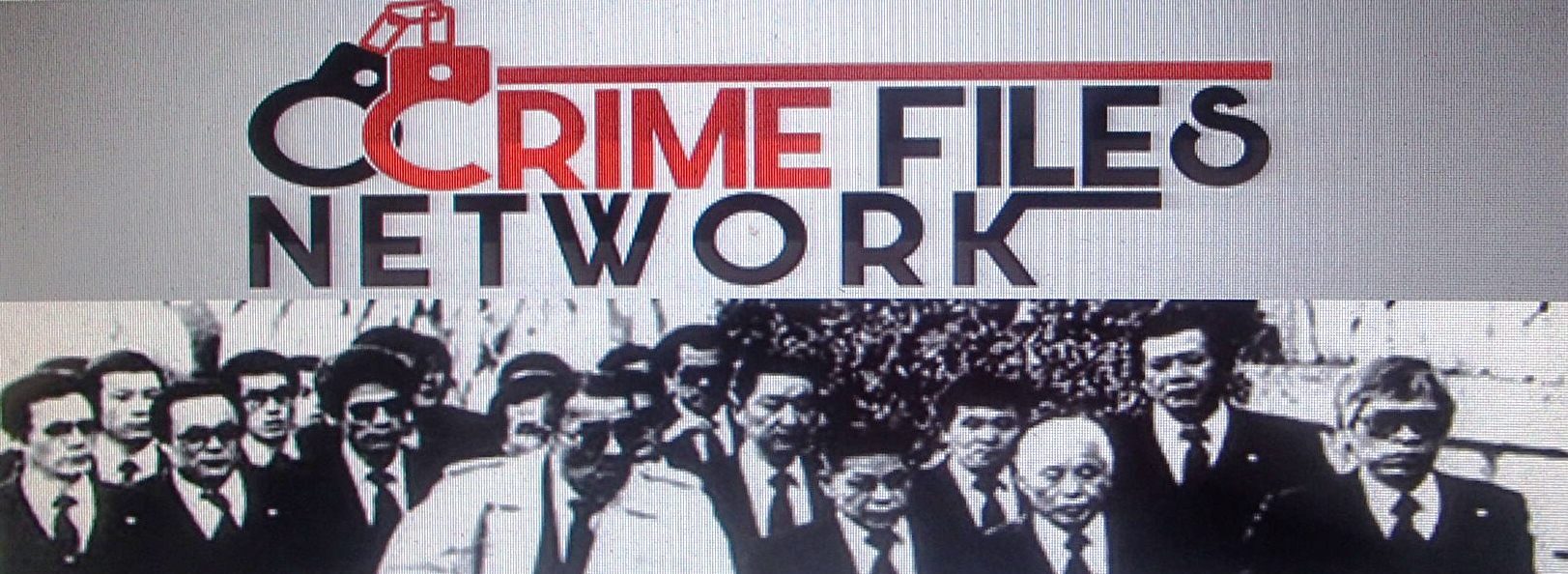THE BATTLE FOR DONBAS IS A CRITICAL PART ON THE ENTIRE UKRAINE CAMPAIGN
he War in Donbas[note 1] was an armed conflict in the Donbas region of Ukraine, part of the broader Russo-Ukrainian War. In March 2014, immediately following the Euromaidan protest movement and subsequent Revolution of Dignity, protests by pro-Russian, anti-government separatist groups arose in the Donetsk and Luhansk oblasts of Ukraine, collectively called the Donbas. These demonstrations began around the same time as Russia’s annexation of Crimea, and were part of wider pro-Russian protests across southern and eastern Ukraine. Declaring the Donetsk and Luhansk People’s Republics (DPR and LPR, respectively), armed Russian-backed separatist groups seized government buildings throughout the Donbas, leading to armed conflict with Ukrainian government forces.[32]

Ukraine launched a military counter-offensive against pro-Russian forces in April 2014, called the “Anti-Terrorist Operation”[33] (ATO) from 2014 until 2018, when it was renamed the “Joint Forces Operation” (JFO).[34]: 4 [35] By late August 2014, this operation was able to vastly shrink the territory under the control of pro-Russian forces and came close to regaining control of the Russia–Ukraine border.[36] In response, Russia abandoned its hybrid approach and began a conventional invasion of the Donbas.[36][37] Following reports of Ukrainian positions being shelled from the Russian side of the border, between 22 and 25 August 2014, Russian artillery, personnel, and what Russia called a “humanitarian convoy” crossed the border.

Russian crossings reportedly occurred both in areas that were controlled by pro-Russian forces and those that were not, such as the south-eastern part of Donetsk Oblast, near Novoazovsk.[38][39] The Head of the Security Service of Ukraine, Valentyn Nalyvaichenko, called the events of 22 August a “direct invasion by Russia of Ukraine”,[40] while other Western and Ukrainian officials called it a Russian “stealth invasion”.[39]

Russia’s official position on the presence of Russian forces in the Donbas has been vague; while official bodies have denied the presence of “regular armed forces” in Ukraine, it has on many occasions confirmed the presence of “military specialists”, along with other euphemisms, usually accompanied by an argument that Russia “was forced” to deploy them to “defend the Russian-speaking population.

As a result of the incursion by the Russian military in August, pro-Russian forces regained much of the territory they had lost during the Ukrainian government’s preceding military offensive.[34][43] Ukraine, Russia, the DPR and the LPR signed a ceasefire agreement, the Minsk Protocol, on 5 September 2014.[44] Violations of the ceasefire on both sides became common. Amidst the solidification of the line between insurgent and government-controlled territory during the ceasefire, warlords took control of swaths of land on the insurgent side, leading to further destabilisation.[45] The ceasefire collapsed in January 2015, with renewed heavy fighting across the conflict zone, including at Donetsk International Airport and at Debaltseve.

Involved parties agreed to a new ceasefire, called Minsk II, on 12 February 2015. Immediately following the signing of the agreement, separatist forces launched an offensive on Debaltseve and forced Ukrainian forces to withdraw from it. In the months after the fall of Debaltseve, minor skirmishes continued along the line of contact, but no territorial changes occurred. Both sides began fortifying their position by building networks of trenches, bunkers and tunnels, turning the conflict into static trench warfare.[46][47]

The stalemate led to the war being labelled a “frozen conflict“.[48] Despite this, the area remained a war zone, with dozens of soldiers and civilians killed each month.[49] In 2017, on average one Ukrainian soldier died in combat every three days,[50] with an estimated 6,000 Russian and 40,000 separatist troops in the region.[51][52]

By the end of 2017, the OSCE observatory mission had counted around 30,000 individuals in military gear crossing from Russia to the Donbas at the two border checkpoints it was allowed to monitor.[53] The OSCE has also documented many cases of military convoys crossing from Russia into the occupied Donbas on dirt roads, away from official border crossings and usually at night.[54]

Russia officially recognized the DPR and LPR as independent states on 21 February 2022 and deployed troops to those territories. The next day, Russia declared the Minsk agreements to be no longer valid, and on 24 February, Russian forces began a large-scale invasion of Ukraine.
![]()

